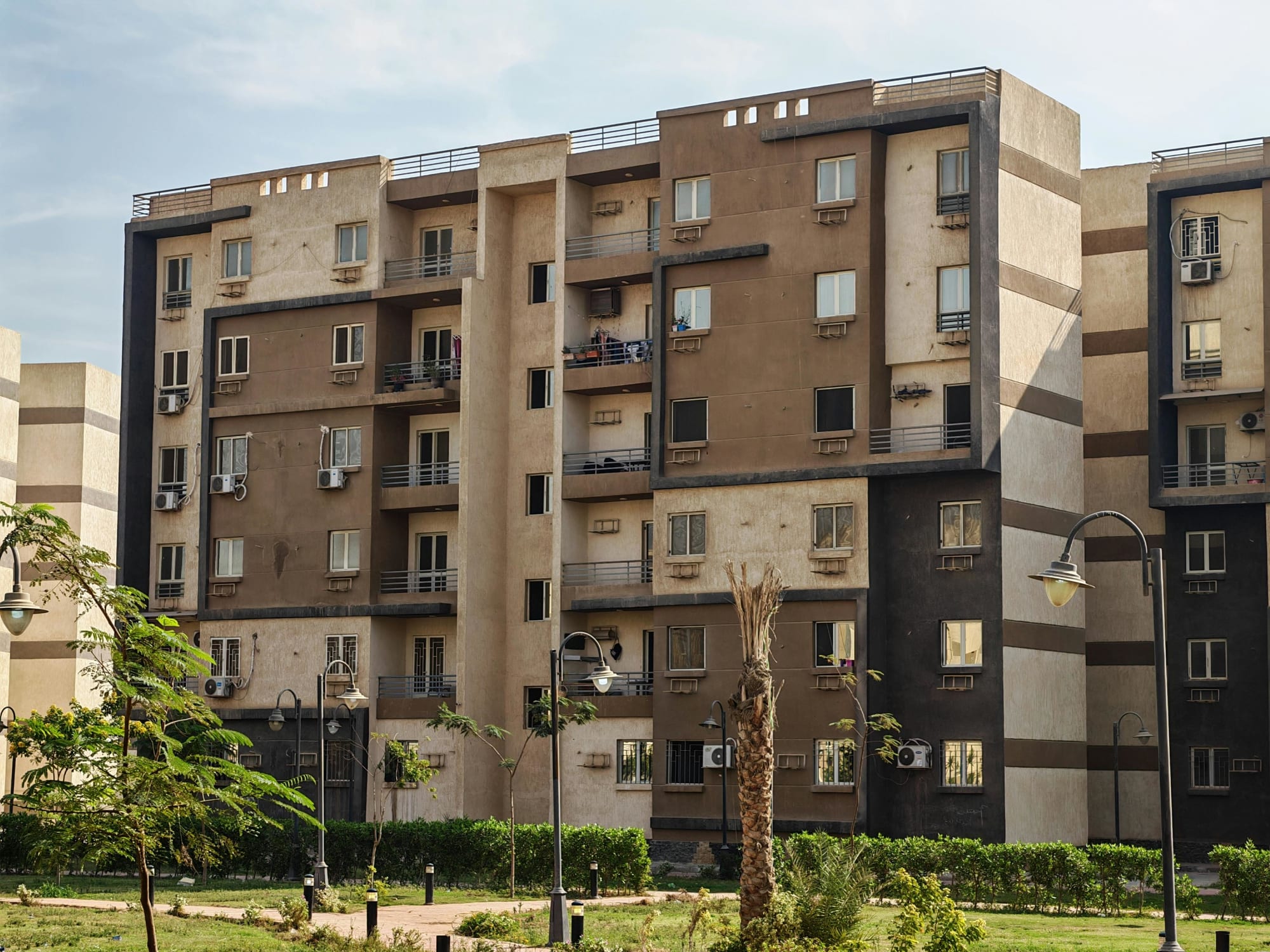Invest
Brisbane hits the million-dollar mark as growth takes a detour and investors eye new opportunities
Invest
Brisbane hits the million-dollar mark as growth takes a detour and investors eye new opportunities
Brisbane has crossed the symbolic $1 million median for houses, but the more investable momentum is in units—and the growth curve is flattening.
Brisbane hits the million-dollar mark as growth takes a detour and investors eye new opportunities
Brisbane has crossed the symbolic $1 million median for houses, but the more investable momentum is in units—and the growth curve is flattening.

July’s data still looks resilient, yet forward-looking indicators point to a slower, more segmented market by 2026. For developers, lenders and portfolio owners, the next phase is about mix, micro-markets and risk-adjusted execution rather than tide-lifts-all expansion. Here’s the strategy map behind the headlines.
Key implication: Brisbane’s housing upswing is graduating from a broad-based asset price story to a more nuanced, affordability-led market where units outgrow houses and execution risk rises. Capital that pivots early—from detached product to medium-density, rental-forward assets in connected suburbs—will defend returns as growth decelerates.
Market pulse: strong prints, shifting engine
In July 2025, Brisbane’s median house value pushed beyond $1 million, with published estimates ranging from $1,010,566 to $1,019,865. Units sat around a median of $727,110. Monthly gains diverged: houses rose roughly 0.4%–0.7%, while units advanced about 1.1%. Since the pandemic, the city has absorbed a 76% surge in house values, underpinned by interstate migration and a 9.2% population lift in Greater Brisbane since 2020—well above the national pace.
Brisbane has become Australia’s second most expensive capital city after Sydney, but the composition of growth is changing. Affordability is now the primary allocator of demand, pushing more buyers into the unit market and reshaping the pipeline from greenfield houses to infill medium-density.

Demand vs affordability: the tug-of-war that sets pricing power
Three forces still support demand: population inflows, a tight labour market, and chronically low housing supply. Counterweights are equally clear: stretched serviceability, elevated mortgage rates, and deposit constraints. The spread between house and unit medians—north of $250,000 in many catchments—has become the release valve. That gap is fuelling stronger absorption in units, firmer rental conditions, and better relative yields for investors targeting well-located, smaller formats.
For business operators, this split matters. House-led projects face slower turnover and higher discount risk. Unit-led projects benefit from wider buyer pools (first-home purchasers and downsizers) and investors seeking yield. Asset selection is moving from postcode to street-level fundamentals: walkability, transport adjacency, flood-resilience and build quality now dominate valuation durability.
Divergent forecasts: plan for slower, segmented growth
The forward view is less unanimous than the rear-view mirror. KPMG’s Residential Property Outlook (August 2025) flags a material slowdown in price growth for Brisbane by end-2026, with unit price growth expected to be among the slowest of the capitals as affordability relief is absorbed and borrowing capacity plateaus. Several major banks, including NAB and Westpac in mid-2025 outlooks, remain more constructive, pointing to modest gains rather than a reversal.
Strategy takeaway: run scenarios, not a single thesis. A base case of low single-digit annual growth, a downside of flat-to-mild declines, and an upside tethered to supply constraints should shape underwriting, debt covenants and pre-sales thresholds. Equity should be reserved for speed-to-market in submarkets with proven depth rather than spread thin across speculative fringe releases.
Where the advantage shifts: portfolios, product and positioning
- Developers: Tilt toward medium-density near transport nodes and employment centres where unit absorption is outpacing houses. Transit-oriented sites and suburb-infill with walkable amenities are best placed to capture affordability-constrained demand.
- Build-to-Rent (BTR): Tight rental conditions and a growing renter cohort support professionally managed stock. BTR schemes that prioritise energy efficiency and amenity can achieve premium occupancy and lower churn, underwriting more resilient cashflows through a slower capital growth phase.
- Value-add strata: Older, well-built blocks in blue-chip school or healthcare catchments offer refurbishment opportunities. Capex targeted at energy efficiency, flood resilience and acoustic comfort can lift rents and resale values relative to the market.
- Lenders: Prioritise projects with robust pre-sales to owner-occupiers and diversified buyer mix. Adjust serviceability buffers recognising that unit-heavy pipelines may cycle faster, but construction risk and build-cost volatility remain non-trivial.
Implementation reality: cost, capacity and climate risk
Execution will make or break returns. Construction labour remains tight and input costs are elevated relative to pre-2020 levels, compressing developer margins. Procurement risk—particularly façades, structural steel and MEP components—requires earlier locking of packages and stronger contractor selection. Insurance costs in South East Queensland, especially for flood-prone areas, demand precise site selection and resilient design (higher floor levels, better drainage, elevated plant). Projects that embed resilience up-front will preserve insurability and valuation on exit.
Regulatory cadence matters too. Planning reforms enabling more medium-density supply can improve feasibility, but approvals timing remains a critical path risk. Aligning project milestones with likely policy windows—and the infrastructure uplift tied to the 2032 Olympics—can compress time-to-revenue while de-risking holding costs.
Technical deep dive: reading the right indicators
With headline indices losing momentum, operators should track a tighter dashboard:
- Listings and absorption: Rising new listings alongside stable time-on-market indicate healthier balance; rising listings with lengthening time-on-market signal emerging price resistance.
- Price dispersion: Watch median-to-25th percentile spreads. Widening spreads suggest stress at entry-level; narrowing spreads often precede broad-based recoveries.
- Resale loss rates: An uptick in nominal losses is an early warning of forced selling and valuation fragility in specific submarkets.
- Rental vacancy and leasing days: Leading indicators for BTR and investor product; unit vacancies tightening faster than houses validate the affordability rotation.
- Flood mapping overlays: Treat climate risk as a pricing factor, not a footnote. Premiums and bank appetite increasingly reflect parcel-level exposure.
Outlook: a slower climb, smarter capital
Over the next 12–24 months, Brisbane is likely to trade resilience for segmentation. Houses hold value in blue-chip, low-risk pockets but face thinner buyer pools. Units should remain the relative outperformer while the affordability gap persists, though KPMG’s caution on moderating unit growth by 2026 warrants conservative underwriting. The strategic edge goes to players who can recycle capital quickly, concentrate on demand-dense locations, and harden assets against cost and climate shocks.
For boards and investment committees, the brief is clear: prioritise projects where demand is price-justified today, not hypothetical tomorrow; diversify exposure across rental and owner-occupier channels; and lock downside protection through disciplined pre-sales, resilient design, and conservative leverage. Brisbane is still investable—the playbook has just moved from momentum to precision.

Property
Australia’s mortgage knife‑fight: investors, first‑home buyers and the new rules of lender competition
The mortgage market is staying hot even as rate relief remains elusive, with investors and first‑home buyers chasing scarce stock and lenders fighting for share on price, speed and digital experienceRead more

Property
Breaking Australia’s three‑property ceiling: the finance‑first playbook for scalable portfolios
Most Australian investors don’t stall at three properties because they run out of ambition — they run out of borrowing capacity. The ceiling is a finance constraint disguised as an asset problem. The ...Read more

Property
Gen Z's secret weapon: Why their homebuying spree could flip Australia's housing market
A surprising share of younger Australians are preparing to buy despite affordability headwinds. One in three Gen Z Australians intend to purchase within a few years and 32 per cent say escaping rent ...Read more

Property
Tasmania’s pet-positive pivot: What landlords, BTR operators and insurers need to do now
Tasmania will soon require landlords to allow pets unless they can prove a valid reason to refuse. This is more than a tenancy tweak; it is a structural signal that the balance of power in rental ...Read more

Property
NSW underquoting crackdown: the compliance reset creating both cost and competitive edge
NSW is moving to sharply increase penalties for misleading price guides, including fines linked to agent commissions and maximum penalties up to $110,000. Behind the headlines sits a more ...Read more

Property
ANZ’s mortgage growth, profit slump: why volume without margin won’t pay the dividends
ANZ lifted home-lending volumes, yet profits fell under the weight of regulatory and restructuring costs—an object lesson in the futility of growth that doesn’t convert to margin and productivityRead more

Property
Rate pause, busy summer: where smart capital wins in Australia’s property market
With the Reserve Bank holding rates steady, the summer selling season arrives with rare predictability. Liquidity will lift, serviceability stops getting worse, and sentiment stabilises. The ...Read more

Property
The 2026 Suburb Thesis: A case study in turning trend lists into investable strategy
A new crop of ‘suburbs to watch’ is hitting headlines, but translating shortlist hype into bottom-line results requires more than a map and a mood. This case study shows how a disciplined, data-led ...Read more

Property
Australia’s mortgage knife‑fight: investors, first‑home buyers and the new rules of lender competition
The mortgage market is staying hot even as rate relief remains elusive, with investors and first‑home buyers chasing scarce stock and lenders fighting for share on price, speed and digital experienceRead more

Property
Breaking Australia’s three‑property ceiling: the finance‑first playbook for scalable portfolios
Most Australian investors don’t stall at three properties because they run out of ambition — they run out of borrowing capacity. The ceiling is a finance constraint disguised as an asset problem. The ...Read more

Property
Gen Z's secret weapon: Why their homebuying spree could flip Australia's housing market
A surprising share of younger Australians are preparing to buy despite affordability headwinds. One in three Gen Z Australians intend to purchase within a few years and 32 per cent say escaping rent ...Read more

Property
Tasmania’s pet-positive pivot: What landlords, BTR operators and insurers need to do now
Tasmania will soon require landlords to allow pets unless they can prove a valid reason to refuse. This is more than a tenancy tweak; it is a structural signal that the balance of power in rental ...Read more

Property
NSW underquoting crackdown: the compliance reset creating both cost and competitive edge
NSW is moving to sharply increase penalties for misleading price guides, including fines linked to agent commissions and maximum penalties up to $110,000. Behind the headlines sits a more ...Read more

Property
ANZ’s mortgage growth, profit slump: why volume without margin won’t pay the dividends
ANZ lifted home-lending volumes, yet profits fell under the weight of regulatory and restructuring costs—an object lesson in the futility of growth that doesn’t convert to margin and productivityRead more

Property
Rate pause, busy summer: where smart capital wins in Australia’s property market
With the Reserve Bank holding rates steady, the summer selling season arrives with rare predictability. Liquidity will lift, serviceability stops getting worse, and sentiment stabilises. The ...Read more

Property
The 2026 Suburb Thesis: A case study in turning trend lists into investable strategy
A new crop of ‘suburbs to watch’ is hitting headlines, but translating shortlist hype into bottom-line results requires more than a map and a mood. This case study shows how a disciplined, data-led ...Read more








